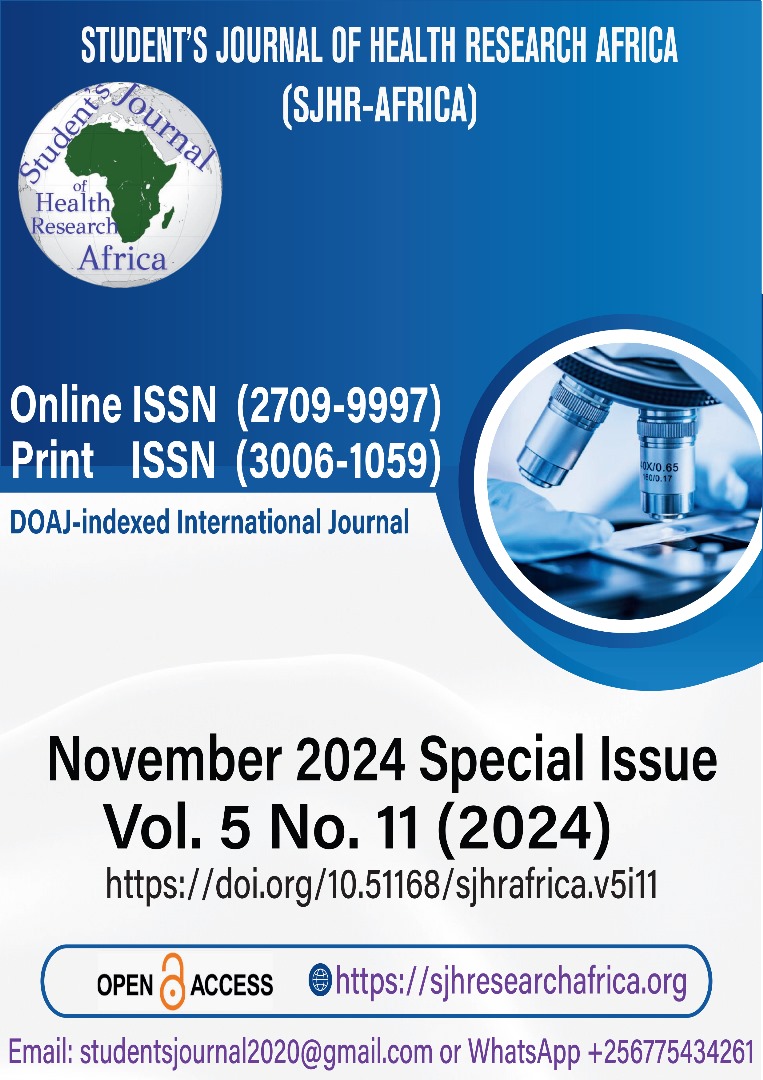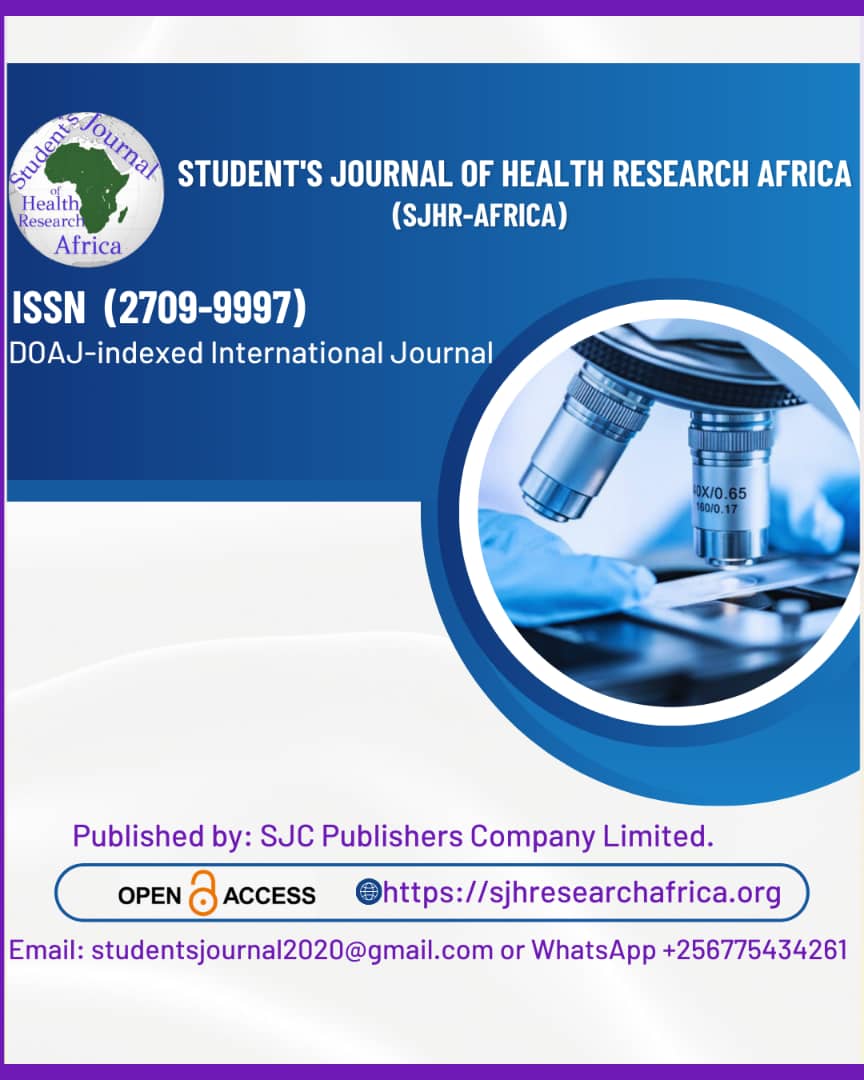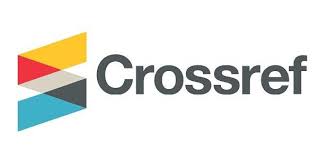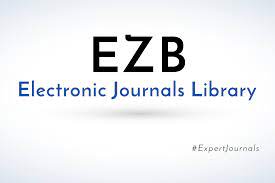Topical vs. Intralesional Drug Delivery Systems in Hypertrophic Scar Management: A Comparative Study Using Nanocarrier-Based Formulations
DOI:
https://doi.org/10.51168/sjhrafrica.v5i11.1764Abstract
Background
Hypertrophic scars pose considerable aesthetic and functional difficulties, frequently arising from trauma, burns, or surgical procedures. Current treatment modalities encompass both topical and intralesional therapies; however, emerging drug delivery platforms, such as nanocarrier-based systems, present innovative strategies to improve therapeutic efficacy. This study evaluates the efficacy and safety of topical versus intralesional administration of nanocarrier-based corticosteroid formulations, concentrating on treatment response, scar regression, and patient adherence.
Objective: To assess and contrast the therapeutic efficacy of topical versus intralesional nanocarrier-mediated corticosteroid therapies in individuals with hypertrophic scars.
Methods
This prospective, comparative interventional study was performed at Patna Medical College and Hospital, involving 60 patients diagnosed with hypertrophic scars. Participants were randomly assigned to two groups: Group A received a topical liposomal corticosteroid gel, while Group B received an intralesional corticosteroid suspension encapsulated in ethosomal nanocarriers. The treatment response was evaluated using the Vancouver Scar Scale (VSS) at baseline and during periodic follow-ups over a one-year period. Adverse events, patient-reported outcomes, and satisfaction were documented as well.
Results
Both groups exhibited a statistically significant decrease in VSS scores following treatment (p < 0.05). Nevertheless, the intralesional group exhibited a more rapid onset of improvement, especially regarding scar height and vascularity. The topical nanocarrier group was preferred due to its pain tolerance, compliance, and lack of injection-related complications. No systemic adverse effects were noted in either cohort.
Conclusion
Both topical and intralesional nanocarrier-based drug delivery systems are efficacious in the management of hypertrophic scars. Intralesional therapy facilitates rapid and significant scar regression, whereas topical nanocarrier systems present a non-invasive, patient-friendly option with satisfactory therapeutic effectiveness. Customizing therapy according to scar attributes and patient preferences may improve clinical results.
References
Mustoe TA, Cooter RD, Gold MH, et al. International clinical recommendations on scar management. Plast Reconstr Surg. 2002;110(2):560-571.https://doi.org/10.1097/00006534-200208000-00031 PMid:12142678
Gauglitz GG, Korting HC, Pavicic T, Ruzicka T, Jeschke MG. Hypertrophic scarring and keloids: pathomechanisms and current and emerging treatment strategies. Mol Med. 2011;17(1-2):113-125. https://doi.org/10.2119/molmed.2009.00153 PMid:20927486 PMCid:PMC3022978
Davison SP, Mess S, Kauffman CL, Al-Attar A. Ineffective treatment of keloids with intralesional triamcinolone: a case series. Plast Reconstr Surg. 2005;116(5):1120-1126.
Jfri A, Rajeh N, Nasser M, Luber AJ, Khachemoune A. Hyaluronidase: An overview of its properties, applications, and side effects. Dermatol Online J. 2018;24(3):13030/qt3kj5s4ft.
Verma DD, Verma S, Blume G, Fahr A. Particle size of liposomes influences dermal delivery of substances into skin. Int J Pharm. 2003;258(1-2):141-151. https://doi.org/10.1016/S0378-5173(03)00183-2 PMid:12753761
Honeywell-Nguyen PL, Bouwstra JA. Vesicles as a tool for transdermal and dermal delivery. Drug Discov Today Technol. 2005;2(1):67-74. https://doi.org/10.1016/j.ddtec.2005.05.003 PMid:24981757
Ahad A, Aqil M, Kohli K, et al. Transdermal drug delivery systems: the advancements and future trends. Drug Discov Today. 2008;13(19-20):847-855.
Atiyeh BS, Costagliola M, Hayek SN. Burn scar contractures and deformities: mechanisms and surgical management. Ann Burns Fire Disasters. 2005;18(3):101-115.
Olszewski WL, Zaleska M, Stelmach E, et al. The role of hyaluronidase in enhancing tissue penetration of drugs. Clin Hemorheol Microcirc. 2008;39(1-4):365-372.
Gold MH, McGuire M, Mustoe TA, et al. Updated international clinical recommendations on scar management. Dermatol Surg. 2014;40(8):825-831.
Tanzi EL, Alster TS. Single-pass carbon dioxide vs. multiple-pass Er:YAG laser skin resurfacing: a comparison of efficacy and morbidity. Dermatol Surg. 2003;29(1):80-84. https://doi.org/10.1046/j.1524-4725.2003.29012.x PMid:12534517
Manuskiatti W, Fitzpatrick RE. Treatment response of keloidal and hypertrophic sternotomy scars: comparison among intralesional corticosteroid, 585-nm flashlamp-pumped pulsed-dye laser, and combination treatment. Arch Dermatol. 2002;138(9):1149-1155. https://doi.org/10.1001/archderm.138.9.1149 PMid:12224975
Downloads
Published
How to Cite
Issue
Section
License
Copyright (c) 2024 Dr. Anu Shree, Dr. Keshav Kumar Sinha

This work is licensed under a Creative Commons Attribution-NonCommercial-NoDerivatives 4.0 International License.






















